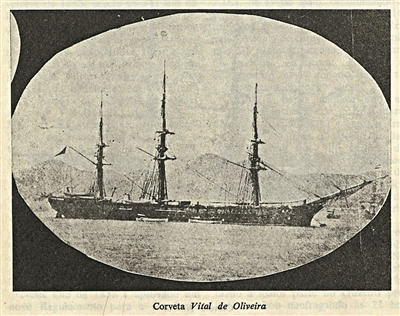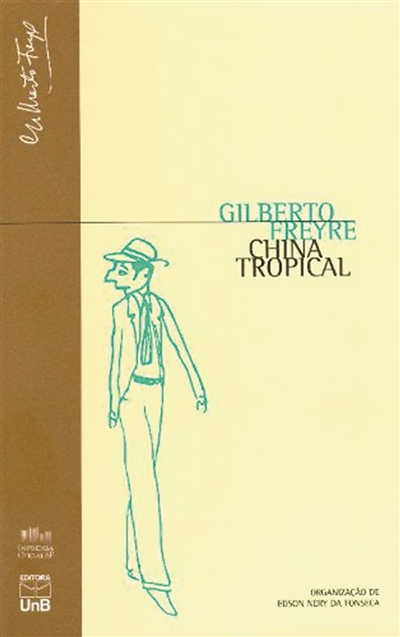




- BRNN
- BRI News
- BRNN News
- Database
Official Documents Polices and Regulations
Inter-government Documents International Cooperation BRI Countries
Business Guide Economic Data BRI Data
Trade
Investment Projects Latest projects
Cases - Content Pool
Ancient encounters: The first contact between China and Brazil
The beginning of friendship between China and Brazil dates back to the Age of Discovery in the 16th century.
16th Century - Chinese ships carrying porcelain, silk, and tea departed from Macao to Portugal, stopping occasionally in Brazilian ports. Chinese goods became luxury items beloved by Brazilian high society.
Early 19th Century - The first Chinese tea farmers arrived in Rio de Janeiro, establishing one of the earliest Chinese communities in the Americas.

This file photo shows the "Vital de Oliveira" (Photo provided by Zhang Fangfang).
1879 - Brazil decided to send a delegation to China to establish direct trade and diplomatic relations. The delegation set sail aboard the "Vital de Oliveira" in France, arriving in China in July the following year.
1881 – China and Brazil established diplomatic relations.
1888 - Henrique Lisboa, a member of the delegation, published "A China E Os Chins", the first comprehensive Brazilian work on Chinese culture and society.

This file photo shows the book "China Tropical"(Photo provided by Zhang Fangfang).
1959 - Brazilian sociologist Gilberto Freyre published "China Tropical", exploring China's cultural impact on Brazil.
Intellectual resonance: 20th-Century China-Brazil literary dialogue
In the 20th century, driven by waves of national liberation and democratic movements, Brazilian literature entered the Chinese literary scene, riding the momentum of China's New Culture Movement. At that time, both China and Brazil were undergoing significant social transformations, and discussions on development paths, social justice, and peasant struggles became common points of interest for scholars and literary and art circles in both countries.
1920s - The New Culture Movement in China introduced Brazilian writers like Graça Aranha, Aluísio Azevedo, and Machado de Assis through literary publications, sparking interest in Brazilian literature.
1950s - Brazilian writer Jorge Amado's novels "The Violent Land", "The Golden Harvest", and "The Road of Hunger" were translated into Chinese. His realist style and progressive ideas resonated deeply with Chinese readers.
1980s - The works of Brazilian authors like Cristovão Tezza and Clarice Lispector sparked lasting cultural interest in China and influenced the style of many Chinese writers.
Mutual appreciation: The flourishing of China-Brazil cultural exchanges
With the deepening of globalization, cultural exchanges between China and Brazil have grown increasingly close. Vibrant people-to-people exchanges have brought renewed energy to the mutual understanding and friendship between the two nations.
Literature - Brazilian literature gained popularity in China, with translations of Paulo Coelho, Milton Hatoum, and Rubem Fonseca. Similarly, Chinese classics like "The Analects", "Tao Te Ching", "Rickshaw Boy", and "Dawn Blossoms Plucked at Dusk" were published in Brazil.

Photo shows the poster for the film "Nise: The Heart of Madness" (Photo provided by Zhang Fangfang).
Film - "Nise: The Heart of Madness" introduced Brazilian cinema to Chinese audiences, while "Swimming Out Till the Sea Turns Blue" by Jia Zhangke gained attention at the São Paulo International Film Festival. The 14th Beijing International Film Festival included a Brazil Film Week, bridging cinematic culture.
Art - Brazilian music genres such as Bossa Nova and Samba have gained popularity in China. Meanwhile, interest in Chinese language and culture has grown in Brazil, with exhibitions on contemporary Chinese art, Chinese film and television, and Chinese ceramics held in several Brazilian cities, showcasing the vibrancy of Chinese culture.
Intern Han Yifan contributed to this story.

Tel:86-10-65363107, 86-10-65368220, 86-10-65363106